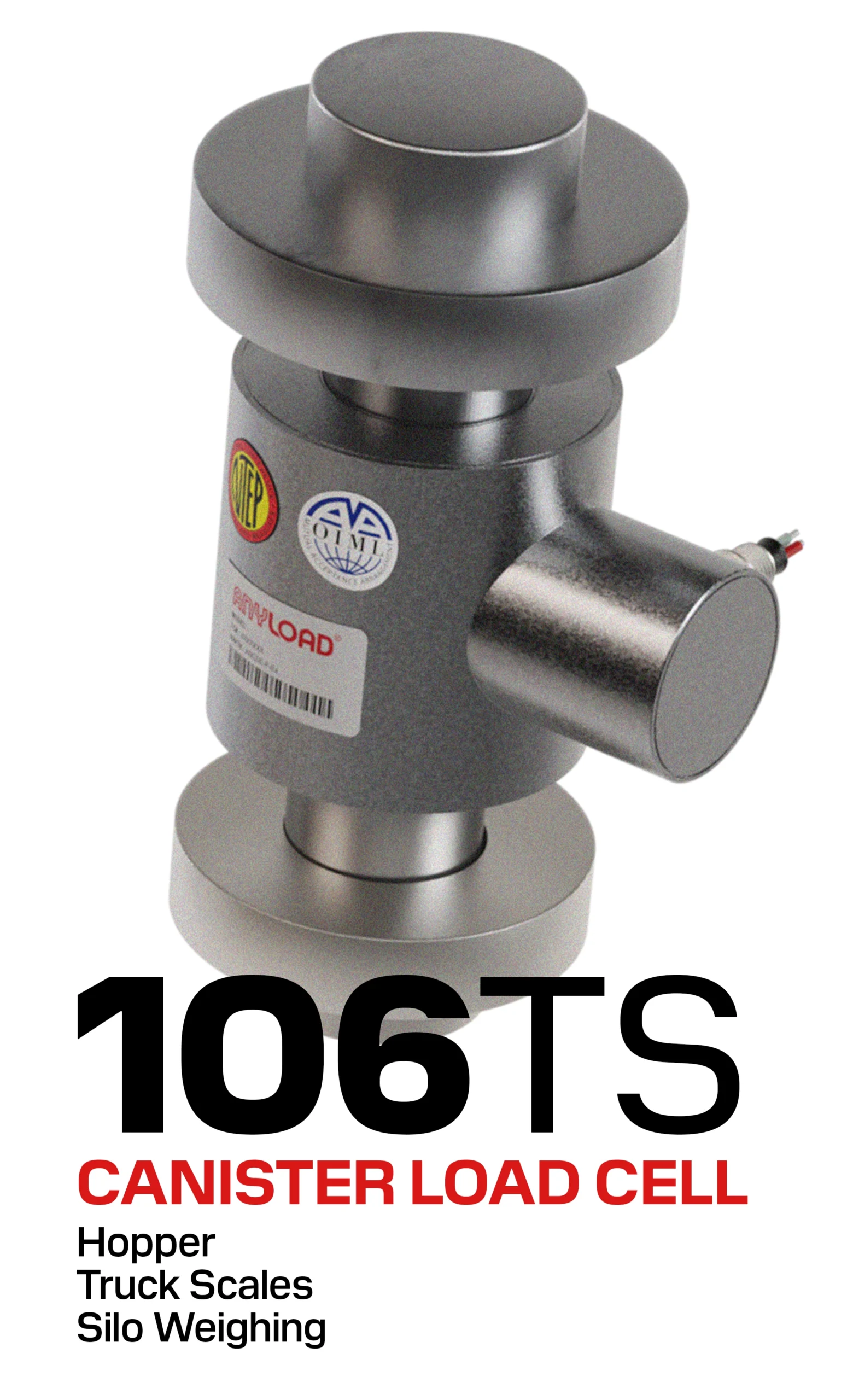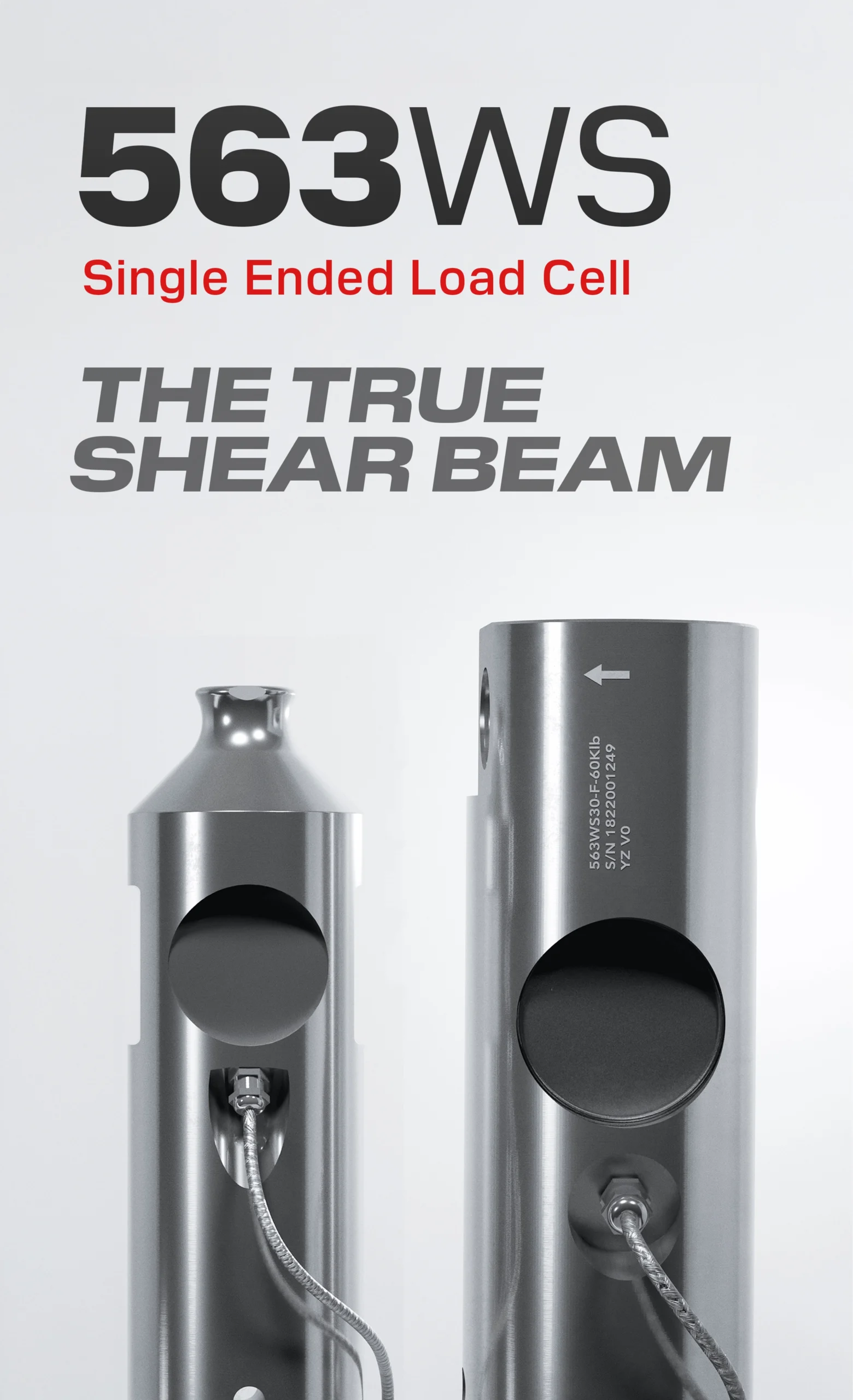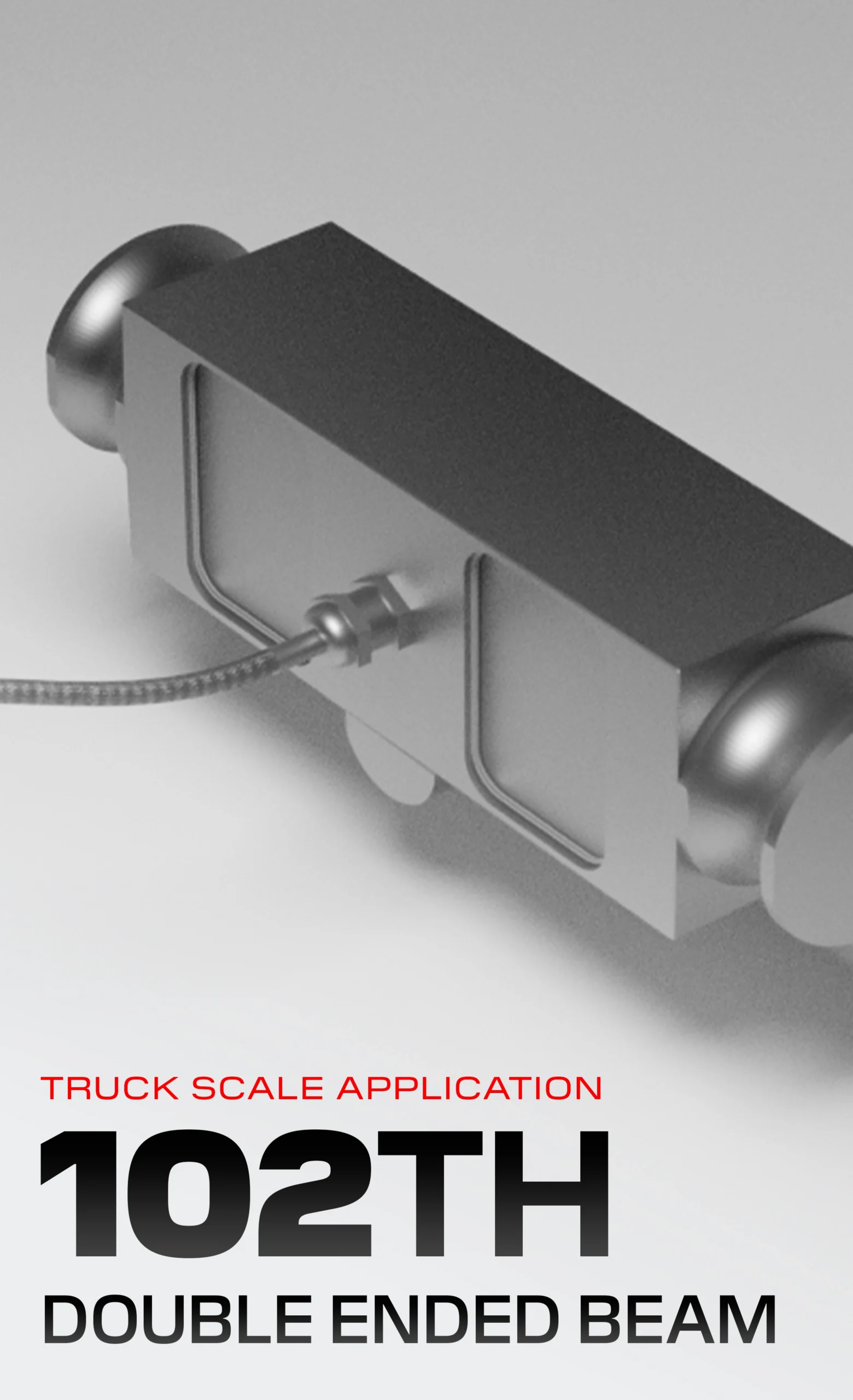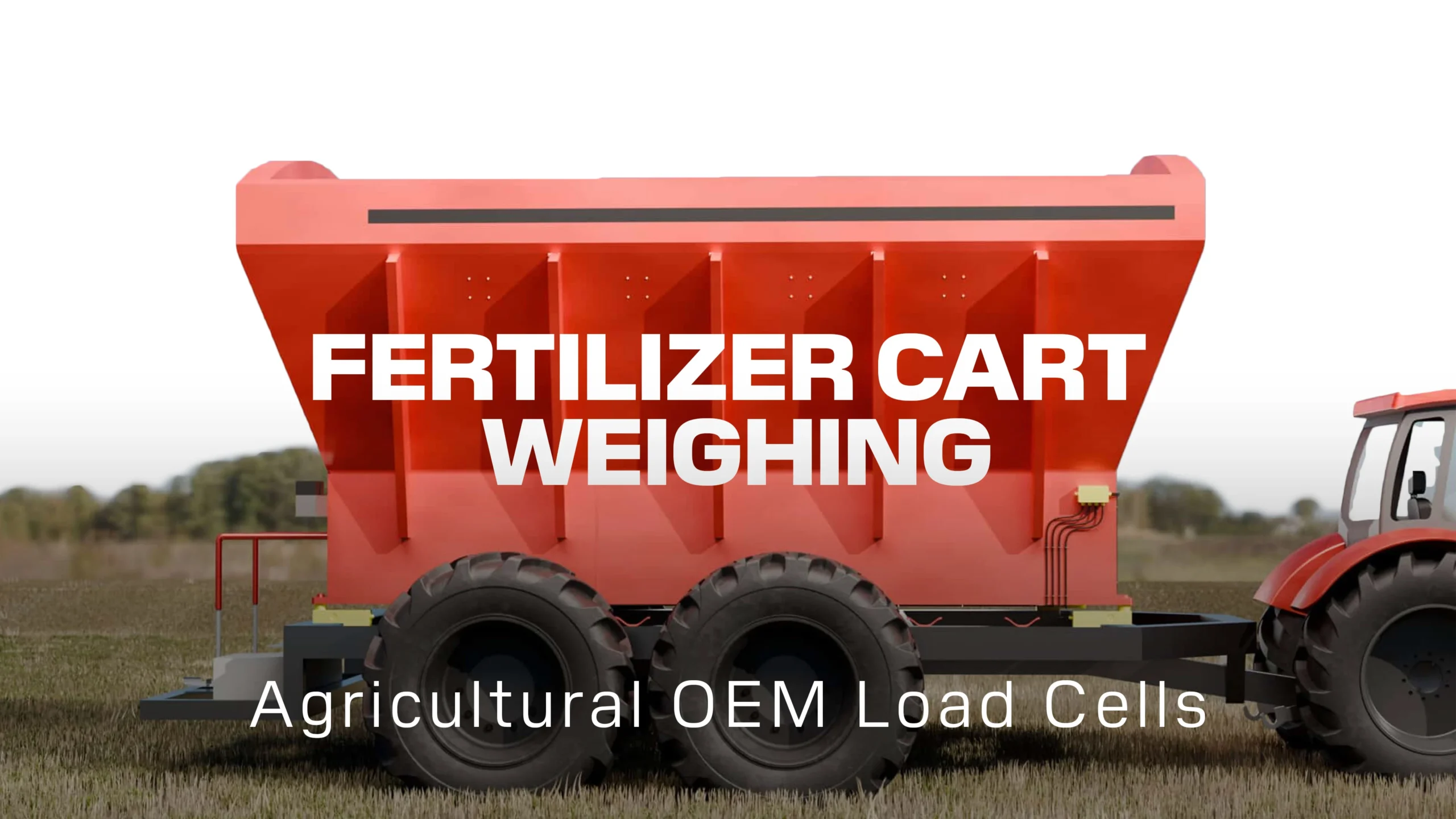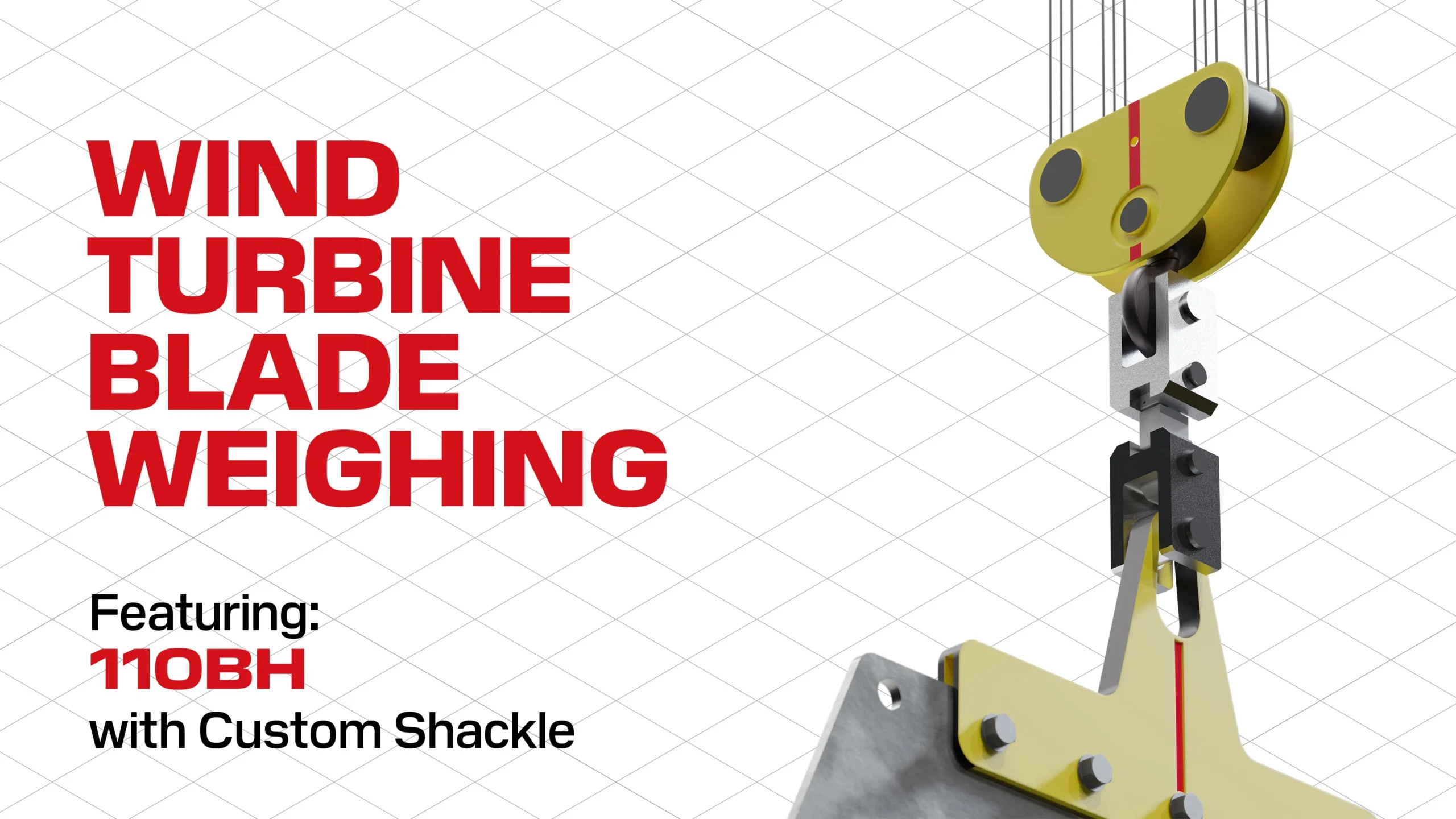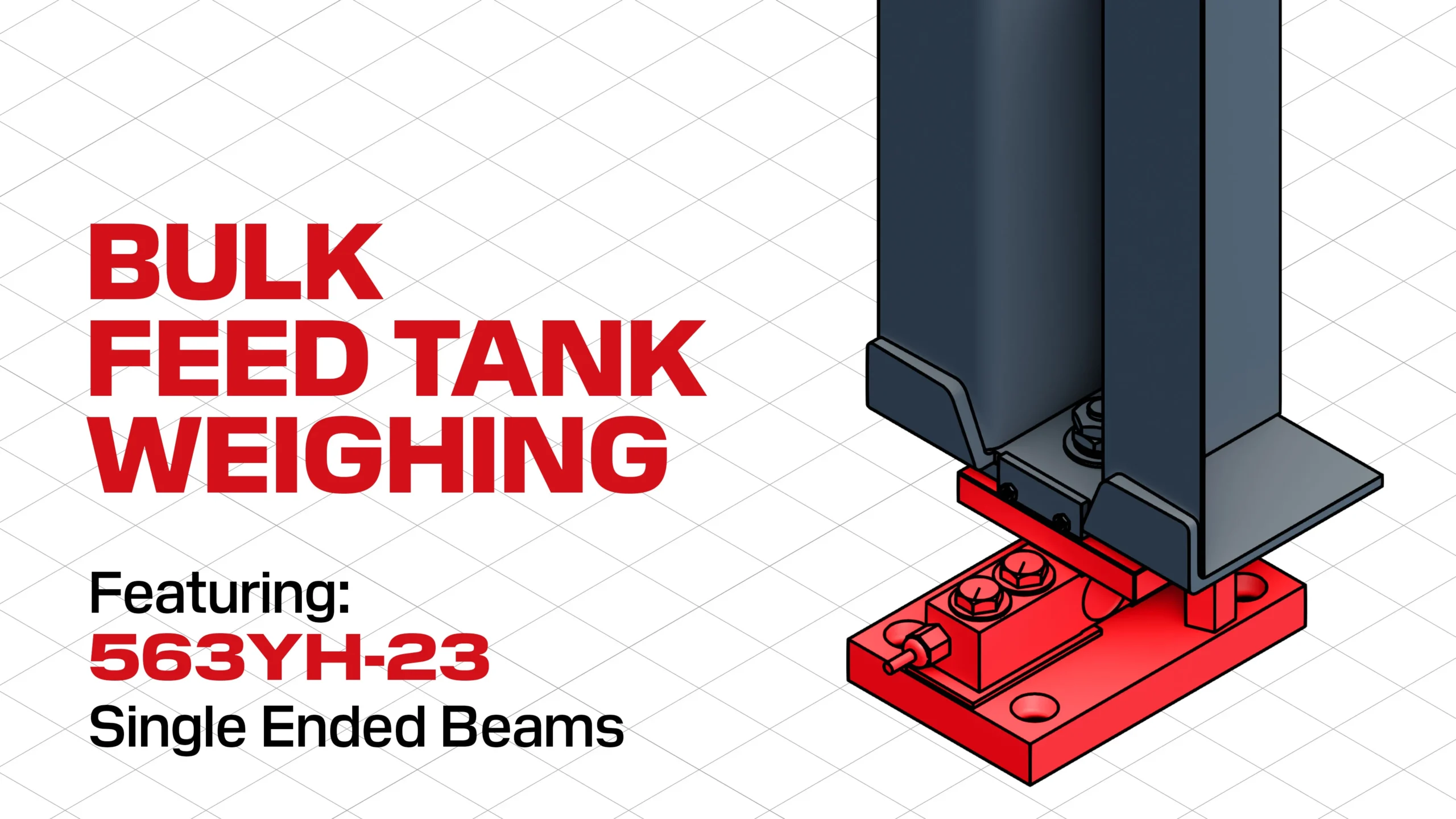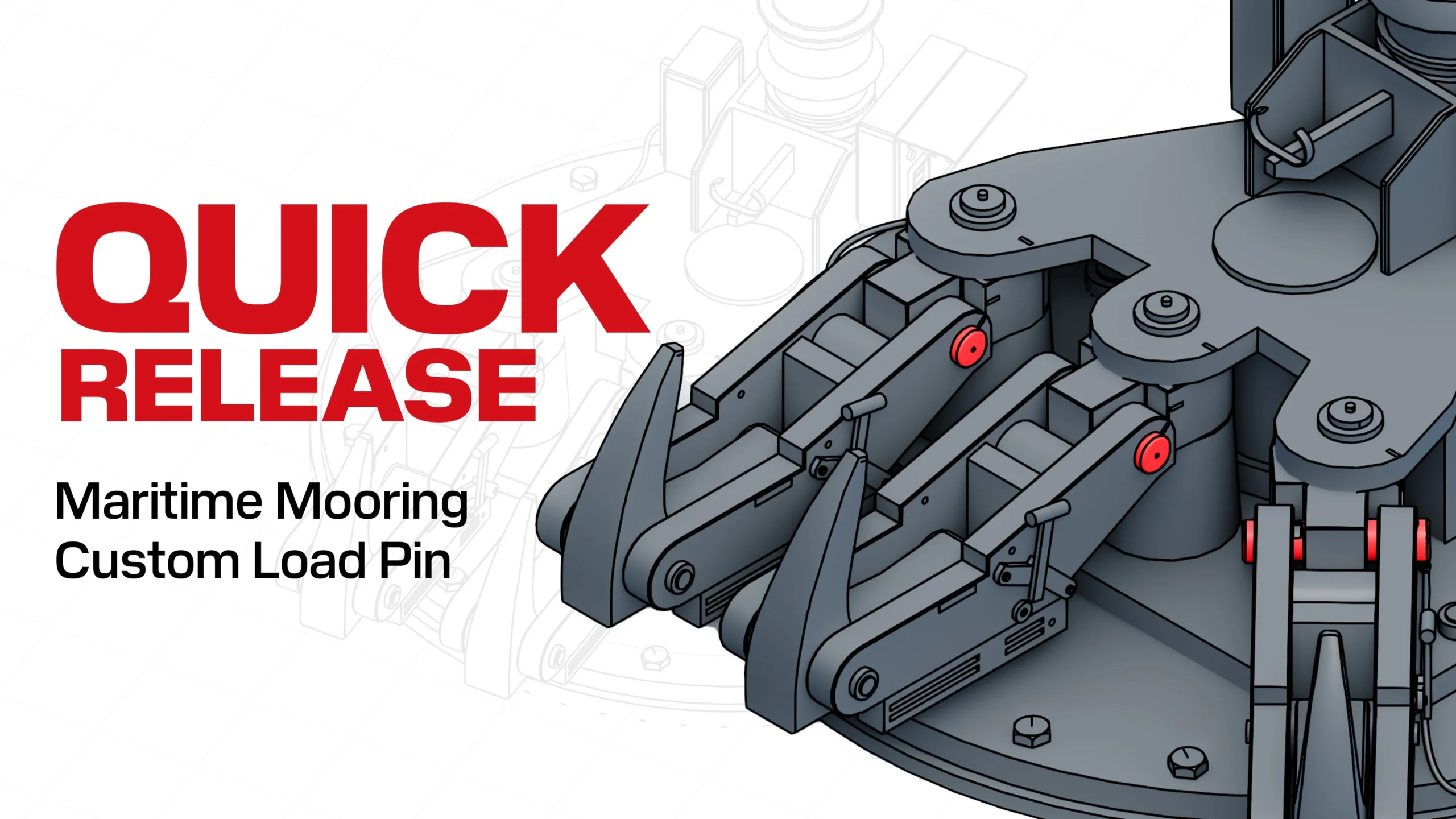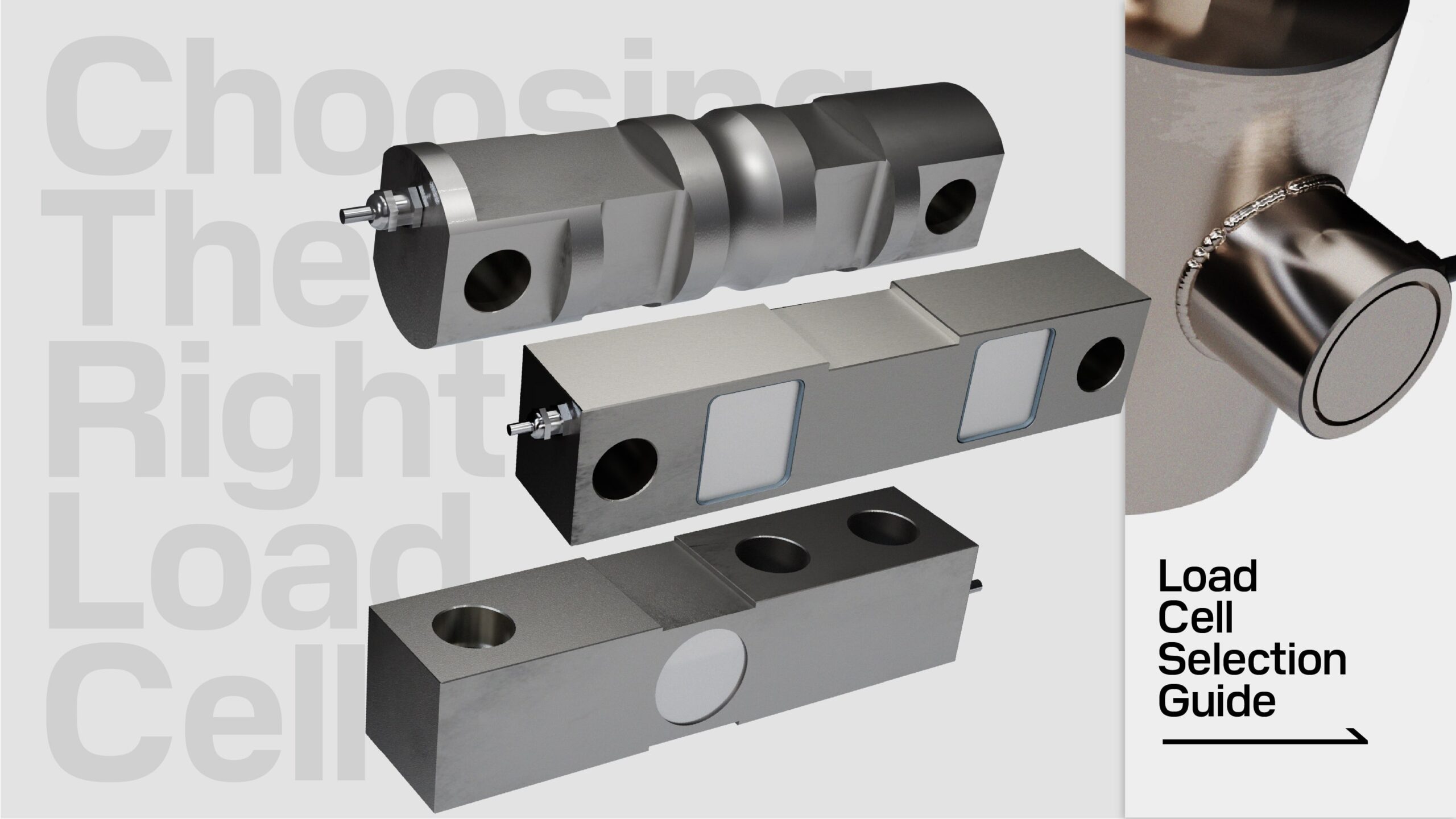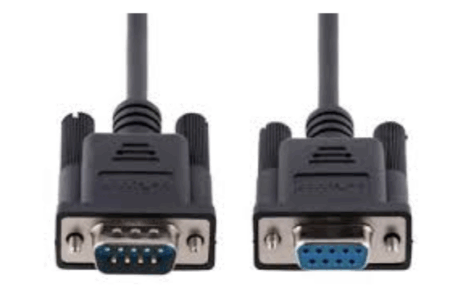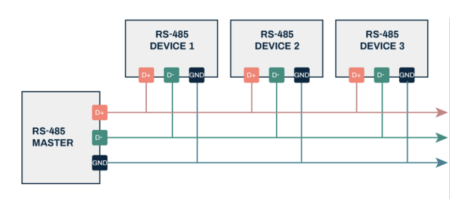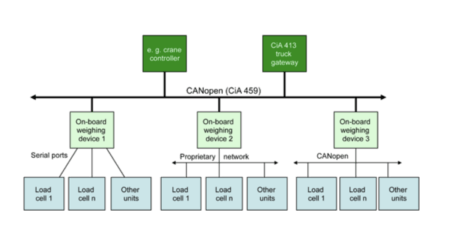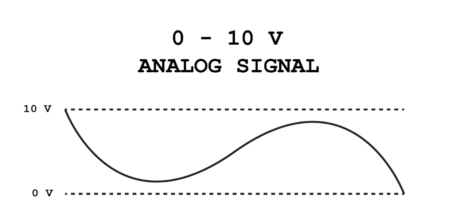Top Communication Protocols in Industrial Weighing Systems
Last Updated On July • 8 min read
Why Communication Protocols Matter in Weighing Systems
In any digital weighing system, communication protocols are the backbone of how load cells, weighing indicators, amplifiers, and industrial controllers talk to each other. Choosing the right protocol impacts:
- Data accuracy and update rate
- System scalability
- Integration with PLCs, SCADA, or cloud systems
- Cost and reliability
Whether you’re configuring a truck scale, batching plant, platform scale, or dynamic weighing system, understanding the different protocols is critical for system performance.
Overview of Common Weighing Communication Protocol
Below are the most used protocols in industrial measurement and automation:
RS-232: Simple and Time-Tested Serial Communication
RS-232 is one of the earliest serial communication standards used in weighing systems.
Features
- Distance: Up to 15 meters
- Speed: 9600 – 115200 bps
- Topology: Point-to-point (1:1)
- Wiring: 3 wires (TX, RX, GND)
Use Cases
- Connecting an indicator to a PC
- Serial printing from scales
- Calibration interface
Pros
- Easy to implement and debug
- Low cost
Cons
- One-to-one only
- Limited noise immunity
RS-485: The Industrial Workhorse for Multi-Drop Systems
RS-485 allows multiple devices to share the same two-wire communication line.
Features
- Distance: Up to 1200 meters
- Speed: Up to 10 Mbps
- Supports up to 32 devices
Use Cases
- Multi-sensor weighing systems
- Load cell junction boxes
- Long-distance installations
Pros
- High noise immunity
- Robust for harsh environments
Cons
- Requires termination and proper grounding
MODBUS RTU & TCP: A Universal Industrial Protocol
MODBUS is an application-layer protocol widely adopted in PLC and SCADA systems. It can run over RS-485 (RTU) or Ethernet (TCP/IP).
Features
- Master-slave or client-server
- Standard register-based structure
Use Cases
- Process weighing with PLCs
- Tank level monitoring
- SCADA integration
Pros
- Open standard, widely supported
- Scalable from small systems to plant-wide networks
Cons
- RTU requires strict timing
- No native device discovery
CANopen: Real-Time Precision and Full Device Control
CANopen is a real-time communication protocol designed for high-performance industrial applications.
Why CANopen Stands Out
- PDOs (Process Data Objects) for fast data
- SDOs (Service Data Objects) for configuration and diagnostics
- Based on CiA 404 standard for weighing devices
Key Benefits
- Fast updates and low latency
- Deterministic communication
- Built-in device discovery
- Supports advanced calibration and diagnostics
Use Cases
- High-speed force measurement
- Modular weighing solutions
- OEM weighing systems
Cons
- RTU requires strict timing
- No native device discovery
Ethernet (TCP/IP): High-Speed Industrial Connectivity
Ethernet brings networking to the world of weighing with standard IP protocols.
Features
- Speed: 100 Mbps to 1 Gbps
- Integration with IT/OT networks
- Supports MODBUS TCP, FTP, HTTP
Use Cases
- Remote scale monitoring
- Cloud-connected indicators
- Web-based diagnostics
Pros
- Long-distance and high-speed
- Easily integrates with industrial PCs
Cons
- Requires more power
- More expensive hardware
Wireless (Bluetooth & Wi-Fi): Mobility and Convenience
Wireless protocols add flexibility to modern weighing systems.
Bluetooth
- Best for handheld indicators or mobile apps
Wi-Fi
- Remote scale monitoring
- Ideal for wireless weight transmission or cloud logging
Comparison Table of Communication Protocols in Weighing Systems
| Protocol | Distance | Speed | Devices | Best Use Case |
|---|---|---|---|---|
| RS-232 | Short | Low | 1 | Calibration & simple data output |
| RS-485 | Long | Medium | 32+ | Multi-sensor wired systems |
| MODBUS RTU | Long | Medium | Many | PLC/SCADA integration |
| CANopen | Medium | High | Many | Smart modular weighing networks |
| Ethernet | Very Long | Very High | Many | Cloud or remote access |
| Bluetooth | Short | Medium | Few | Mobile diagnostics or field apps |
| Wi-Fi | Long | High | Many | Wireless industrial connectivity |
| Analog | Long | N/A | 1 | Legacy PLC or signal replication |
Final Thoughts: Choosing the Best Communication Protocol for Your Weighing System
Each protocol brings a balance of cost, complexity, distance, and performance. For scalable, real-time, and intelligent weighing solutions, CANopen stands out with its built-in object dictionary, robust diagnostics, and industry-standard CiA 404 profile.
When selecting a protocol:
- Match it to your data rate and latency needs
- Consider integration with PLCs, cloud, or SCADA
- Think about system expansion or modularity
Need Help Choosing the Right Protocol?
We specialize in load cell integration, digital amplifier communications, and custom protocol configurations for industrial weighing applications.
Contact us today to build a smarter, more connected weighing system.
